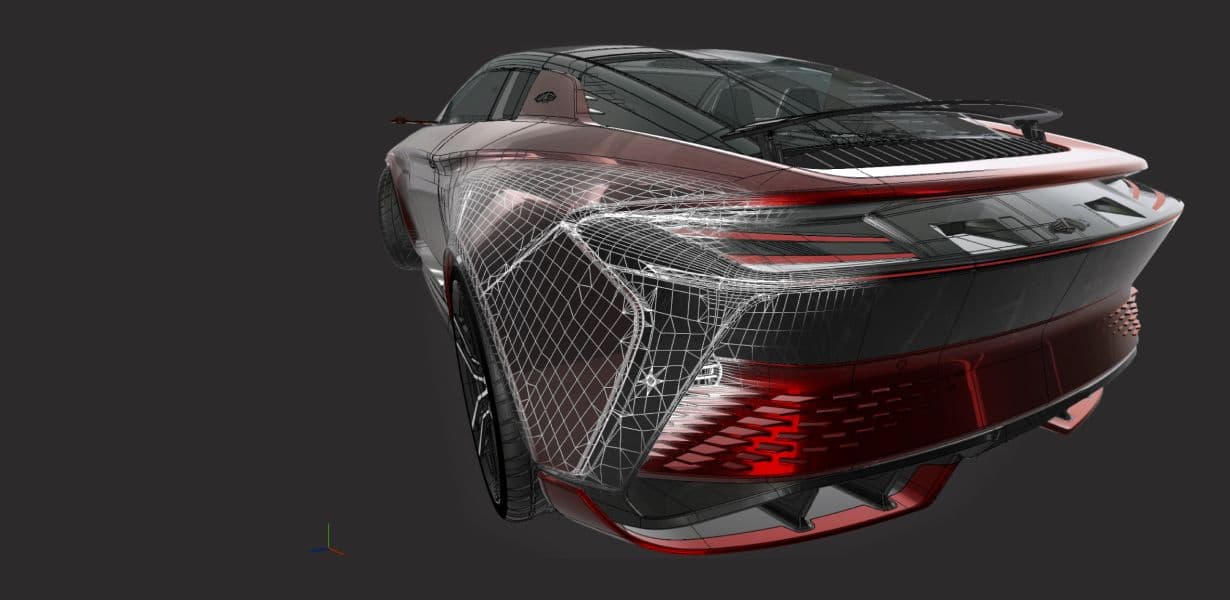
Unity Asset Transformer

What is Asset Transformer used for?
These products enable you to optimize 3D data workflows and prepare 3D data for any visualization use.
- Convert any 3D file of any type – mesh, CAD, BIM, and point cloud – into standard 3D formats.
- Optimize complex 3D models to create real-time application-ready assets.
- Automate preparation and processing of 3D, CAD and point cloud pipelines.
Automate and optimize your data pipeline

Asset Transformer Studio
Annual subscription: $2,450.00 per seat
Standalone tool for data preparation
Features:
- Import/convert CAD, mesh, and point cloud data
- Prepare, optimize, and export data
- Automate repetitive tasks via Python API
(Formerly known as Pixyz Studio.)

Asset Transformer Toolkit
Included in Unity Industry
Unity package for data preparation
Features:
- Import CAD/3D/BIM data to Unity
- Preserve hierarchy, materials, and metadata
- Streamline dataprep with a Rule Engine
(Formerly known as Pixyz Plugin.)

Asset Transformer SDK
Contact us for pricing.
Deploy and scale 3D data preparation workflows.
Features:
- Converts and optimizes data in batches
- Runs on-prem or private cloud
- Unlocks the power of Asset Transformer anywhere, at scale
(Formerly known as Pixyz SDK.)
Key benefits
Import
Import small to large assemblies of over 70+ supported formats, including CAD, BIM, tessellated/mesh models and point clouds, while preserving critical information: geometry, hierarchy, material/color assignment, metadata, animation, and more.
Optimize
Create LODs and UVs, merge and explode meshes, change pivots, and more to build ready-to-use assets within Unity. Optimize any data natively within the Unity Editor without re-importing, so you can focus on your ultimate goal – developing and sharing immersive, real-time 3D experiences.
Visualize
The faster you can get your 3D models into Unity, the sooner you can visualize and shape them into real-time 3D experiences for your target audience.
Publish
With your 3D models imported and optimized in Unity, you just have to build once to publish 3D CAD visualizations to over 25 platforms for mobile, desktop, virtual reality (VR), augmented reality (AR), and more.

Faster data ingest for Autoliv
By leveraging Asset Transformer, Autoliv’s creative pipeline was revolutionized. The time for CAD data transfer and optimization was reduced from four days per individual product down to just six hours.

Get started with Asset Transformer and Unity
Check out Unity Industry, which combines Unity Enterprise, Asset Transformer’s CAD and 3D data ingestion pipelines, and dedicated customer success resources.

Get in touch to learn how Unity and Asset Transformer are the ideal combination for visualizing your models in real-time 3D.